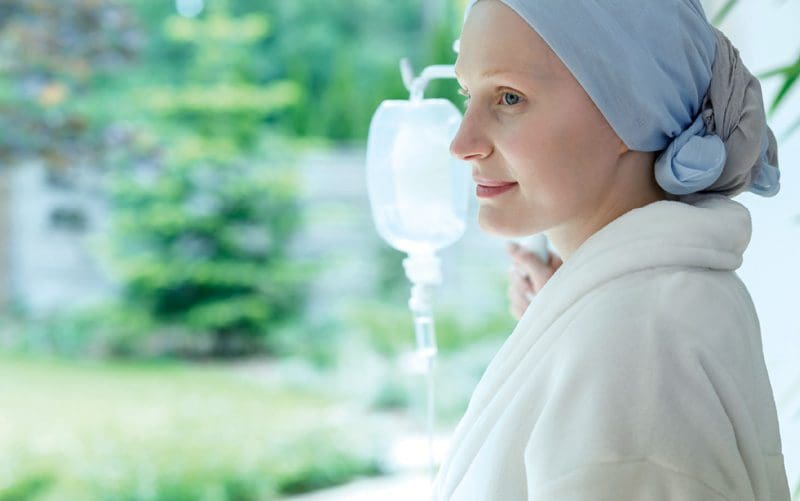
Wellness – A Portrait of Breast Cancer in Costa Rica
Wellness – A Portrait of Breast Cancer in Costa Rica: Breast cancer is one of the most commonly diagnosed cancers in the world. To promote awareness of the suffering this disease is causing and urgency to find a cure, the United Nations and the World Health Organization have designated October 19 as the International Day for Breast Cancer.
Survival rates for breast cancer
patients are continuously improving.
The need for knowledge and action in Costa Rica is no less critical. For many years, breast cancer has been the leading cause of cancer deaths in Costa Rican women. Compared to other cancers, the incidence rate for women in this country is second only to skin cancer, which — with the exception of melanoma — has little impact on mortality. Oncologists remain concerned about the prevalence and impact of breast cancer as a deadly epidemic.

The number of breast cancer cases in Costa Rica continues to increase, consistent with trends in other parts of the world. Although the disease remains more common in women older than 50 years, it is being diagnosed more and more frequently in younger women. A recent United Kingdom report stated that one out of five women who are diagnosed with breast cancer are under age 50.
The good news is that survival rates for breast cancer patients are continuously improving. Early diagnosis and more personalized treatment options are partly attributable for this improvement.
Breast cancer, like all cancers, is a genetic disease involving gene mutations. Eventually, a normally functioning cell may be transformed into an autonomous, destructive cell capable of spreading to other organs in the body.
Some people are born with genetic abnormalities — for example, in a tumor suppression gene — making them more vulnerable to developing cancer much earlier in life. Although genetic mutations are a common cause of hereditary breast cancer, only five to 10 percent of all breast cancer is hereditary.

A rendering of the new Costa Rican Oncology Center. This new facility is scheduled to open in Nov. 2018, bringing to San Josė the most advanced technology for cancer diagnosis and treatment anywhere in Central America and the Caribbean.
The vast majority of breast cancers are familial. That means there is a significant family history of breast cancer, and other types of cancer, but without a specifically identified genetic mutation.
So-called “sporadic” breast cancer refers to cases in which family history is not known to be a factor.
The following are possible reasons for the increasing incidence of breast cancer in Costa Rica:
More Costa Ricans have access to screening with mammography and breast ultrasound.
More women are using hormone replacement therapy and birth control pills.
Women are having fewer children and later in life than previous generations.
Costa Rican society as a whole has undergone significant changes in the last 30 years. Lifestyles have become more sedentary as the country’s workforce has shifted away from agriculture and other jobs involving physical activity to mentally driven employment. More and more women are getting less exercise and are overweight.
Diets are now more abundant in saturated fat and carbohydrates.
Smoking and alcohol consumption in women have increased.
Stress levels in every sphere of Costa Rican life are higher than ever before.
Efforts to modify these risk factors are an essential aspect of Costa Rica’s fight against breast cancer. So is the need for organizations and sectors to work together. A team mentality is needed to improve coordination of information and activities among service providers in the public and private health care systems and government ministries.
